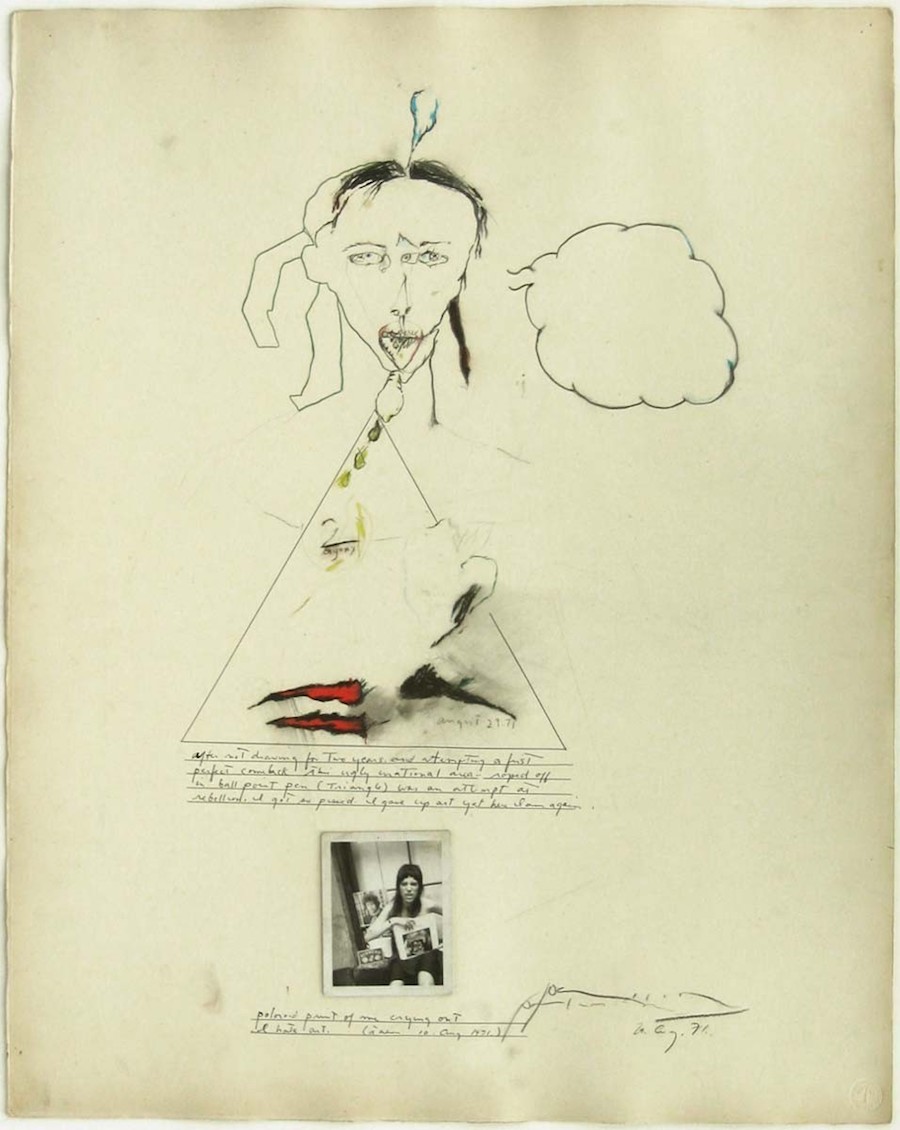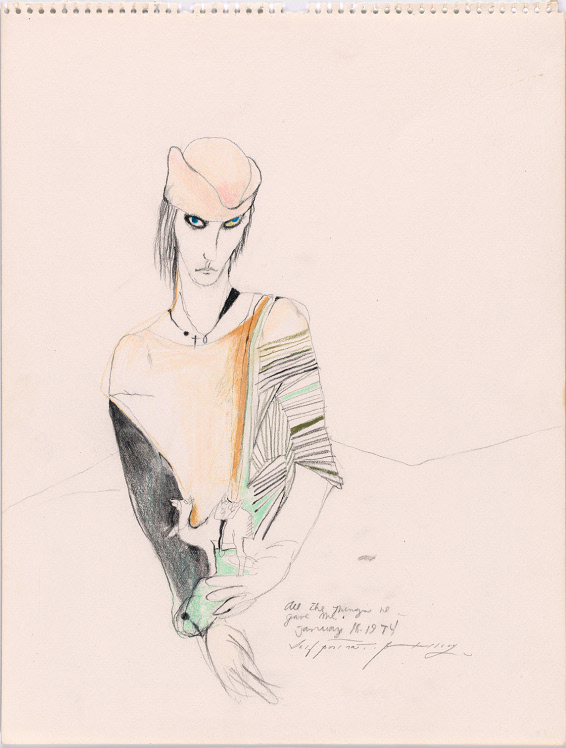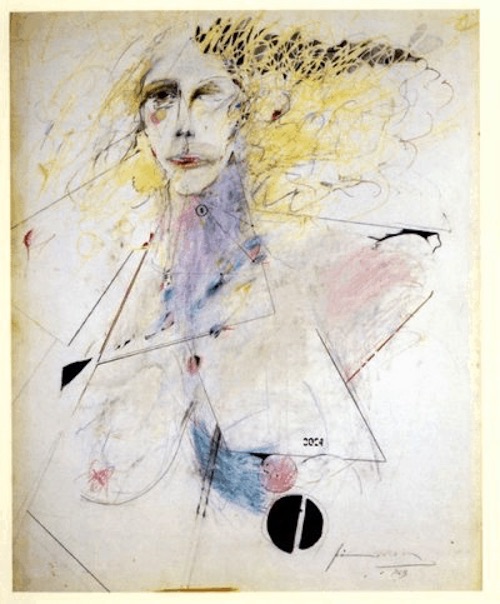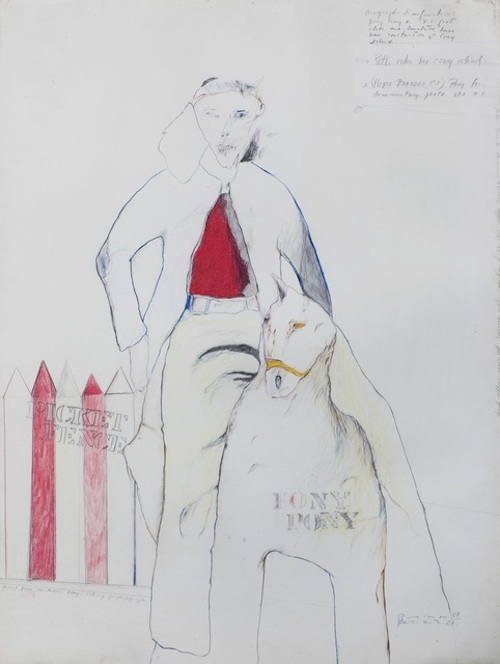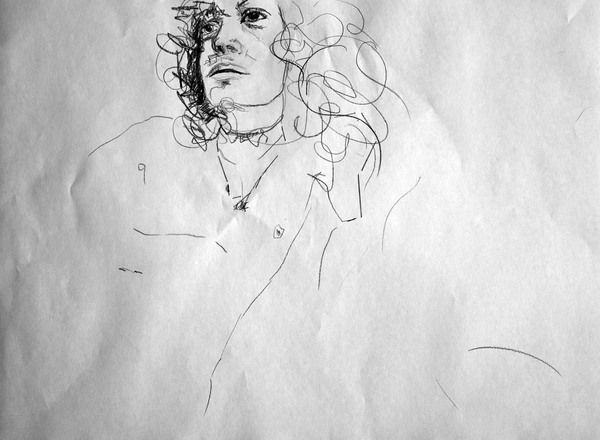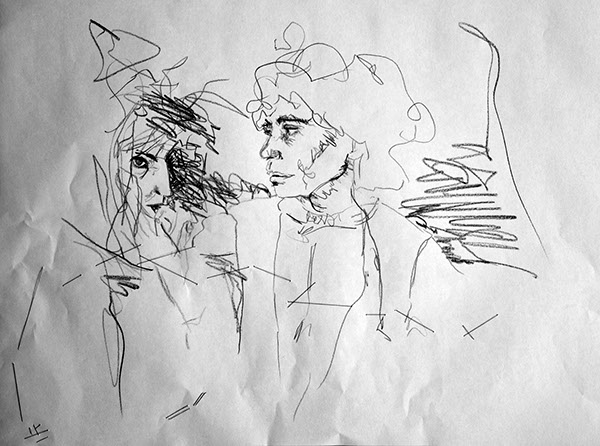Four years (or what seems like a lifetime) ago, controversy erupted over the casting of actress Zoe Saldana, with darkened skin, as iconic pianist and singer Nina Simone in the biopic Nina. Accusations of racism and colorism met the film, historical attitudes hundreds of years in the making that Simone herself fought throughout her career, especially after she joined the Civil Rights movement in the 1960s and actively made her personal struggles with racism central to her political statements.
“You cannot understand Nina Simone’s life and legacy without taking stock of her identity as a dark-skinned black woman,” says Vox’s Victoria Massie. “That fact was inextricably linked to her life’s trajectory, her art and her politics—to everything that made Nina fearlessly and unapologetically Nina.” Her daughter Simone Kelly put it this way:
We all have a story. My mother suffered. We can go all the way back to when she was a child and people told her her nose was too big, her skin was too dark, her lips were too wide. It’s very important the world acknowledges my mother was a classical musician whose dreams were not realized because of racism.
Simone carried the wounds of those experiences throughout her life, and she sought to heal them through music that affirmed the experience of other young, dark-skinned girls who faced similar obstacles.
The outstanding narrative “Four Women,” from 1966’s Wild is the Wind, articulates the different treatment its characters receive based on skin color. The Village Voice’s Thulani Davis called the song “an instantly accessible analysis of the damning legacy of slavery.” The famous “To Be Young, Gifted and Black,” written for Simone’s friend and mentor Lorraine Hansberry, became an anthem of the Civil Rights movement in the 1970s.
Years later, in “Color is a Beautiful Thing,” Simone revisited the theme in a short, repetitive one-minute piece that is instantly sing-along-able. The song comes from her 1982 album Fodder on My Wings, just re-released last month by Verve. “Color is a Beautiful Thing” is perfectly tailored for young children, who will respond with joy not only to Simone’s rollicking piano but to the beautifully animated video above.
Fodder on My Wings is an overlooked album, Sheldon Pearce writes at Pitchfork, “about personal freedom—about liberating herself from her past and finding the liberty to create as she pleased. It was Simone’s means of working through fear—of death, manipulation, discrimination.” In the liner notes, she herself writes, “What I did on this album was try to get myself deep into joy.”
The method above is mantra-like, the song’s refrain “like something she’s trying to internalize, a coda to 1969’s ‘To Be Young, Gifted and Black.” Simone never seemed to overcome her own pain, but her gift—in addition to her musical brilliance—was to freely share the lessons she learned in the struggle, the bitter and the sweet, and to teach new generations of artists.
Related Content:
How Nina Simone Became Hip Hop’s “Secret Weapon”: From Lauryn Hill to Jay Z and Kanye West
Watch a New Nina Simone Animation Based on an Interview Never Aired in the U.S. Before
Josh Jones is a writer and musician based in Durham, NC. Follow him at @jdmagness
